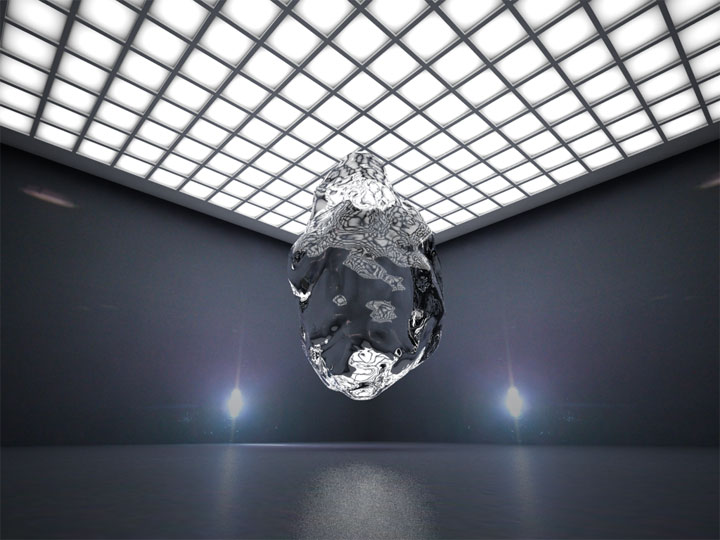3-D art to be featured in Library Gallery
Image from “The Real-Fake” exhibit:”How to hide your plasma” by Kari Altman is one of the art pieces to be featured at “The Real-Fake” exhibit April 1 – May 28 in the Library Gallery.:Courtesy Photo
March 28, 2011
Sacramento State will host an art exhibit from Friday through May 28 that will show how high-tech computer programming is used to construct 3-D images that were once relegated to movie screens.
“The Real-Fake,” which will be displayed in the Library Gallery, is an exhibit curated by assistant art professor Rachel Clarke, and Claudia Hart, a creator from the Chicago School of the Art Institute.
The exhibit will showcase the works of 20 artists exploring artificial XYZspace.
“What I think makes this new as an art form is that artists have started to explore 3-D virtual space as an art medium. This is what the exhibit will be about &- how art has evolved to include the 3-D virtual space,” Clarke said.
Hart explains on her website that the art is based on a non-referenced synthetic image or object and has specific qualities that the virtual camera identifies and enhances on the screen.
The use of 3-D imagery to create non-referenced imagery is nothing new since the military and the movie industry have both used it to inform and entertain. Clarke said it was just a matter of time before the art world would begin to incorporate programming.
“Artists are using it very differently than that of the military and the entertainment industry,” Clarke said. “The artists are approaching this art from the aesthetic perspective rather than the practical realm.”
The exhibit will feature various art formats, including still images and interactive animation. It will also incorporate styles from movements like surrealism, constructivism and pop art.
Clarke said the use of computer programming will not overrun traditional art but it will enrich what is already available.
“A person using this art form will be able to make something that they may not be able to if they were using a traditional form,” Clarke said. “For instance, if the artist sculpts a figure and then maps it using the programming, they can manipulate it to do much more than, say, if they were to paint something or use clay.”
When the exhibit opens, Clarke predicts the public will critique the displayed art in the same way it would any other painting or sculpture.
“Each artist will be displaying something different for the audience to observe,” Clarke said. “It is up to the audience to understand what the piece means to them and evaluate it critically based on their likes and dislikes.”
“The Real-Fake” exhibit will be open for viewing from 10 a.m. to 5 p.m. Tuesday through Saturday in the Library Gallery.
The exhibit’s opening reception will be at 5 p.m. April 6.Hart will present her works using 3-D programming in a free public lecture at 4:30 p.m. on April 14 in Kadema Hall, Room 145.
Matt Harrington can be reached at [email protected]





























































































































